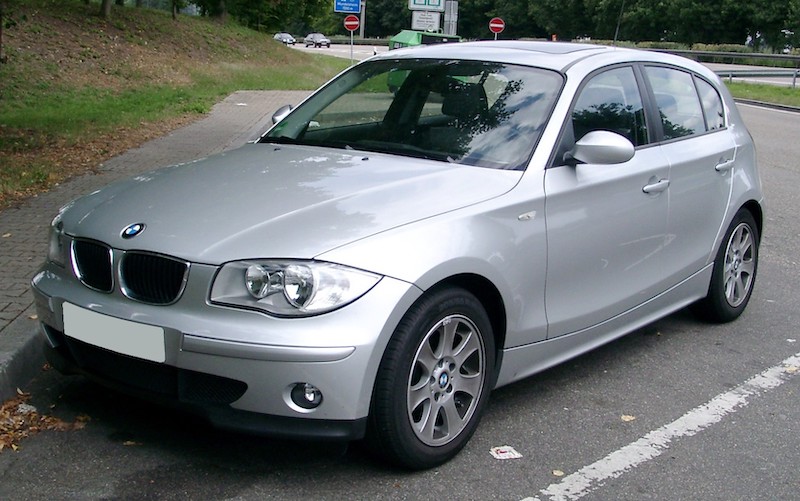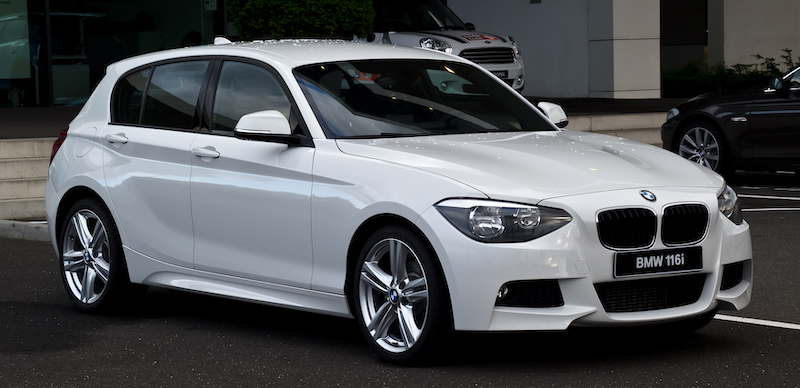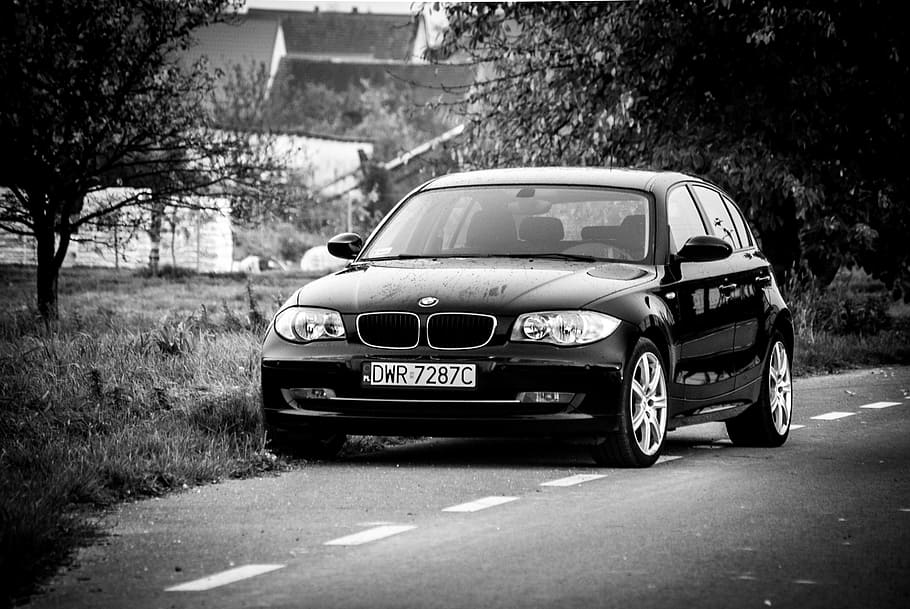My love affair with the BMW 1 Series began with a pre-facelift E87 model. While I enjoyed the sleek and sporty design, I quickly realized that the four-cylinder models were prone to issues with the timing chain that could lead to catastrophic engine failure. In fact, I had to replace the timing chain and related components during my ownership.
And that wasn’t the only problem. The eccentric shaft of the Valvetronic caused strong idle fluctuations in my 118i, and the VANOS solenoid valves leaked, leading to costly repairs. The fuel pump also failed early on, which was a major inconvenience.
While I loved the driving experience and handling of the 1 Series, the constant maintenance and repairs took a toll on my wallet. If I could do it all over again, I would have opted for a six-cylinder model, which was more reliable and had fewer issues.
If you’re considering a used BMW 1 Series, I urge you to do your research and understand the common issues that come with ownership. While it may be tempting to opt for a lower-priced four-cylinder model, you may end up spending more in the long run due to maintenance and repair costs.
E81, E87, E88 (2004 – 2013)
The first generation BMW 1 Series (E81, E87, E88) is a sedan from the compact class segment and was produced from 2004 to 2013. There was a facelift (LCI) for the three- and five-door (E81, E87) in March 2007, followed by the coupe (E82) and convertible (E88) in March 2011.

Externally, the differences before and after the facelift are not immediately apparent: Only the rear and front aprons have been slightly modified, and the kidneys have also increased slightly in size.
Problems with the 116i, 118i and 120i
The four-cylinder 116i, 118i and 120 models are affected by the majority of all problems in the series. Until March 2007, these models used N45 and N46 engines, in which the timing chain can stretch prematurely and this can lead to a capital engine failure.
Accordingly, the 116i to 120i models are only recommended under the condition that the timing chain, including the chain tensioner and guide bar, has already been replaced.
In addition, the 118i and 120i models can have problems with the eccentric shaft of the Valvetronic, which runs in over time or the Valvetronic engine suffers a defect, causing strong idle fluctuations.
Defective crankshaft sensors and leaking solenoid valves of the VANOS are further weak points that every owner has to deal with sooner or later.
From March 2007, the new N43 engines were used in the 116i, 118i and 120i. This engine is also known for premature elongation of the timing chain and can have problems with defective injectors as well as the high-pressure pump due to the switch to direct injection.
Furthermore, the ignition coils (this problem was fixed during a recall) on models built between 2005 and 2010 are relatively susceptible; a defect usually results in combustion misfires and loss of power. In addition, the NOx sensors can fail, which are relatively expensive to replace. Furthermore, the fuel pump can fail early on vehicles built between 2008 and 2010.
Six-cylinder engines are less susceptible
Six-cylinder engines are basically very solid and should be preferred over four-cylinder engines if money allows. Some problems can still occur, however: The N54 engine installed in the 135i until March 2010 also has to contend with defective injectors as well as the high-pressure pump; in addition, the turbocharger as well as the water pump can also give up the ghost early on.
The 125i and 130i models with the N52 engine are also affected by these problems (except for the turbocharger, as this is a naturally aspirated engine). Meanwhile, both the N54 and N52 suffer from high oil consumption.
Problems with the diesel
The diesel also has some weak points. Defective boost pressure regulators frequently lead to turbocharger failure, which then has to be completely replaced. Due to the fact that the N47 engine used from September 2007 onwards can also cause problems with the timing chain, this should at best have already been replaced.
If you are interested in an older 118d or 120d anyway, you won’t have to worry much about the chain drive, as the tried-and-tested (and technically revised) M47 engines were still installed until the facelift.
What to look out for before buying a diesel and whether it is worth buying one at all can be found in our guide.
Other weak points
Vehicles with manual transmissions are fitted with a clutch delay valve (CDV), which delays the slip point when starting off. This effect is supposed to protect the drivetrain, but many E87 as well as E46 and E90 drivers find it very annoying.
The BMW 1 Series E87 has been called into the workshops quite frequently. Therefore, before buying it, make sure that all BMW recalls have been carried out. Information about the recalls can be obtained from the KBA or ADAC.
Our tip: go for 130i with manual transmission
With the first-generation BMW 1 Series, you should look for a facelift model in which most of the teething troubles have already been eliminated and the quality of the interior has made a significant leap forward. A complete and traceable service history should be a matter of course, and at best the timing chain has already been replaced.
F20, F21 (2011 – 2019)
The second generation BMW 1 Series (F20, F21) was produced from 2011 to 2019. In January 2015, there was a facelift. Its successor is the BMW 1 Series F40.

For the F20, the entire gasoline engine range was completely revised. The 114i, 116i, 118i and 120i models initially used four-cylinder engines from the N13 series, which was developed in collaboration with PSA (Peugeot). The timing chain elongated much less frequently in this engine than in its predecessor, but the problem was never completely eliminated. Other problems concern the VANOS solenoid valves, and there is also more frequent loss of coolant.
The successor is the three-cylinder B38 engine. In principle, it is a solid engine, but at the beginning of the series there were major engine failures due to defective crankshaft thrust bearings. Models with manual transmissions up to April 2015 are affected.
The two-liter N20 and B48 engines were installed in the 125i, the latter also in the 120i. In the case of the N20, there were increased cases of elongated timing chains up to January 2015, and the oil pump also suffered a defect more often. In comparison, the B48 is relatively inconspicuous and has caused virtually no problems since its first use in the F20.
In the six-cylinder models M135i (N55) and M140i (B58), attention should be paid to oil loss in the area of the valve cover gasket, which becomes porous with increasing age. Symptoms of this are the smell of burnt oil and oily spark plugs.
In the case of the N55 engine, oil loss can also be triggered by a defect in the crankcase ventilation (KGE) and the oil filter housing. In addition, the high-pressure pump causes a lot of trouble, especially in models built up to 2011. Another weak point is the electric water pump, which often gives up the ghost after around 150,000 km.
B37, N47 or B47: Which diesel should it be?
The F20/F21 series offered one three-cylinder and two four-cylinder diesels. The former is designated B37 and was only used in the 116d. Although the unit seems somewhat out of place in the vehicle of a premium manufacturer, it is essentially rock solid and rarely causes problems.
The veteran four-cylinder N47 was already used in the predecessor and made headlines not only as a prize winner, but above all as a problem engine. The reason for this is numerous engine failures, which were and are traceable to a lengthened or broken timing chain. Although there were plenty of improvements at the end of the series, the N47 was never able to completely shed its bad image.
Therefore, everything was supposed to be made better with the successor B47, and indeed BMW seems to have learned from past mistakes: No significant problems have become known since the market launch in 2014. Apart from the usual weak points (injectors, turbocharger, DPF), an F20 in combination with this engine is absolutely recommendable.
What to look out for in principle before buying a diesel and whether it is worth buying one at all can be read in our guide.
Electronic faults and chassis defects
As with other BMW models, problems with the electronic power steering (EPS) can occur in the F20. Symptoms of this usually manifest themselves in very sluggish steering and loud noises when turning. As soon as a defect is present, it can often only be remedied by completely replacing the steering gear.
Although the adaptive chassis offers some advantages over the conventional chassis, its complexity can turn it into a cost trap. Therefore, considerably more money should be set aside for any repairs that may be required. Furthermore, a loud rattling or rumbling of the rear axle on early models is noticeable in a negative way.
Other defects
Rust can occasionally form on the tailgate, particularly affecting models built up to 2012. Furthermore, the blower is relatively loud and starts to hum at full power.
The BMW 1 Series F20 only does averagely well in the TÜV test, but fares much better in the ADAC breakdown statistics. In general, models from the facelift in January 2015 are more recommendable.

